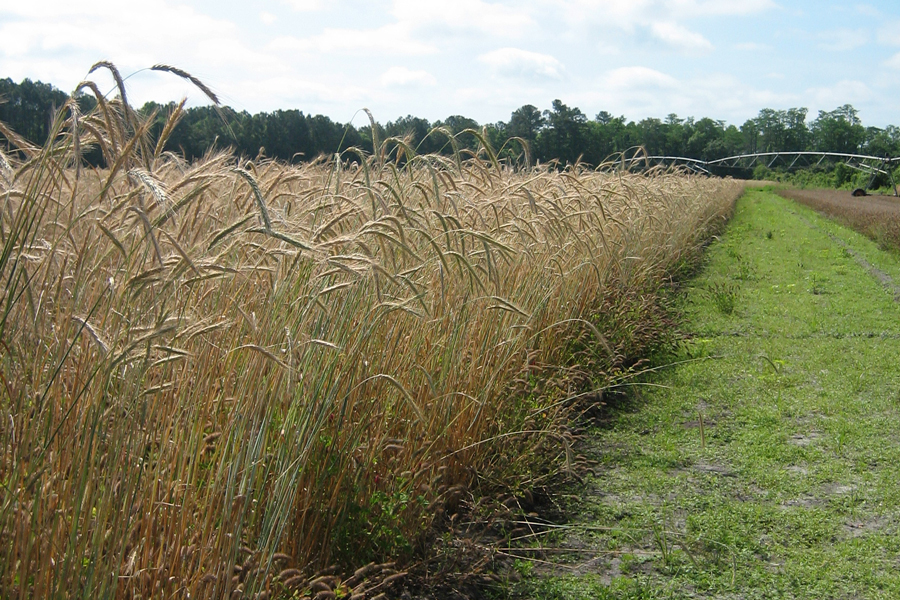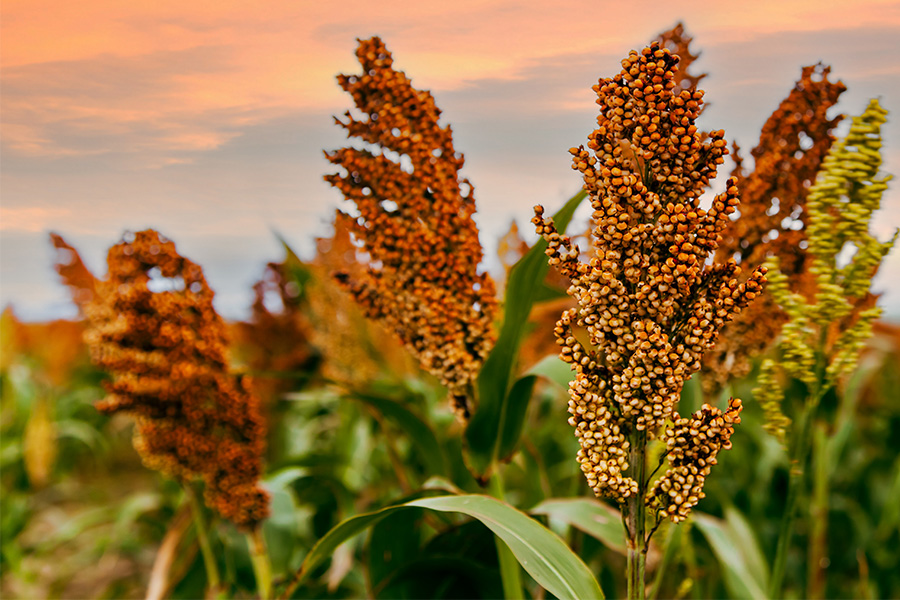Field Crops, Forage and Turfgrass Production
-

SB 28-20
Grain Millet
Commercial insect and weed control in grain millet. Updated annually.
G. David Buntin, Eric P. Prostko, and Allison Faye Johnson
|
-

SB 28-21
Grain Sorghum
Commercial insect and weed control in grain sorghum. Updated annually.
G. David Buntin, Eric P. Prostko, Alfredo Martinez, and Allison Faye Johnson
|
-

AP 130-3-07
2025 Cotton Outlook and Market Situation
1. Cotton prices are anticipated to stay low in 2025, driven by sluggish global economic growth, declining consumer demand, and rising trade uncertainty.
2. U.S. cotton acreage and production are likely to remain at current low levels in 2025 because of relatively weaker price expectations compared to competing crops.
3. Cotton production in 2025 is expected to face limited opportunities for profitability recovery, constrained by high input costs and low prices.Yangxuan Liu
|
-

AP 130-3-08
Peanut Situation and 2025 Outlook
1. Peanut-planted acres in the United States and Georgia are expected to remain steady at current levels in 2025.
2. Forward contract prices in Georgia are projected to decline, with an estimated seasonal price range of $475–$525 per ton.
3. Peanut profitability is anticipated to remain a significant challenge for producers in 2025.Yangxuan Liu
|
-

AP 130-3-09
2025 Corn, Soybean, and Wheat Outlook
1. Tight margins are expected to continue in 2025 for corn, soybeans, and wheat with commodity prices likely near or below the breakeven cost of production.
2. Bountiful grain and oilseed production, combined with a strong U.S. dollar and uncertain trade policy, leads to expectations for lower prices in 2025.
3. Expect more acres planted to corn, fewer acres planted to soybeans, and wheat plantings comparable to last year.Amanda R Smith
|
-

AP 130-3-12
Green Industry 2025
1. 2024 was a good year for many green industry firms, though Hurricane Helene mitigated these positives for many growers.
2. There are many unknowns going into 2025 that will impact green industry sales, including higher inflation and interest rates, mixed signals within the economy, increased input costs, and the varying strength of the housing market in Georgia.
3. Green industry demand is expected to have stable to moderate growth with increased prices, which will result in comparable average sales for 2025 compared to 2024.Ben Campbell
|
-

AP 132-01
2024 Georgia Corn Production Guide
This is the Extension Corn Team’s full production guide for recommended practices to plant and maintain a corn crop in Georgia. Topics include agronomic practices, growth and development, fertilization, irrigation, weed, insect and disease management, harvesting and drying, protecting stored corn, soil health, and economics/budgets.
G. David Buntin, Eric P. Prostko, Robert C Kemerait Jr, Amanda R Smith, Ronald Scott Tubbs, Wesley Porter, Guy Hancock, Henry Y. Sintim, Glendon H. Harris, and Michael D Toews
|
-

Cover crops have many benefits for farmers, including erosion control, weed suppression, and feeding the food soil web. Cover crops also play an important role in fertility, particularly for nitrogen.
One of the challenges facing farmers who use cover crops is quantifying the available nitrogen supplies to the following cash crop by the decomposing cover crop residues and how they might change their fertilizer management to account for this. This publication is intended to educate farmers on the nitrogen cycle, cover crops, and nitrogen; how nitrogen is released from cover crops; and the new Cover Crop Nitrogen Availability Calculator, including the steps necessary to use the Calculator.
Julia W. Gaskin and Miguel L. Cabrera
|
-

This resource lists the different types of pests that affect sorghum and its specific parts, as well as beneficial insects and mitigation techniques.
G. David Buntin
|